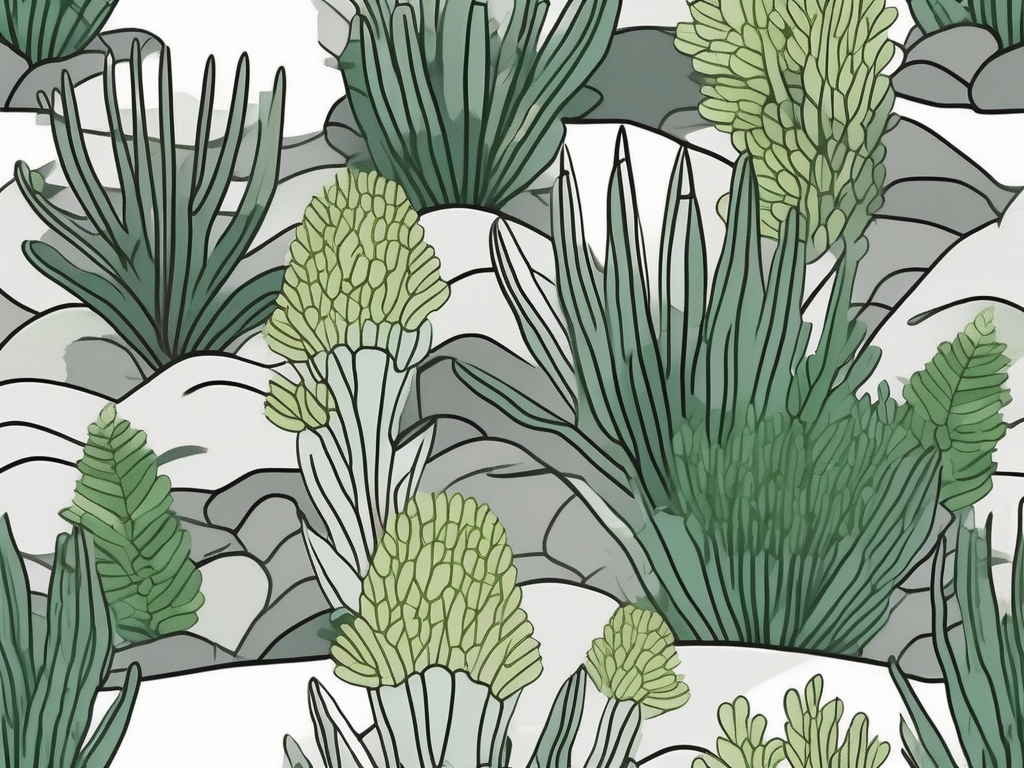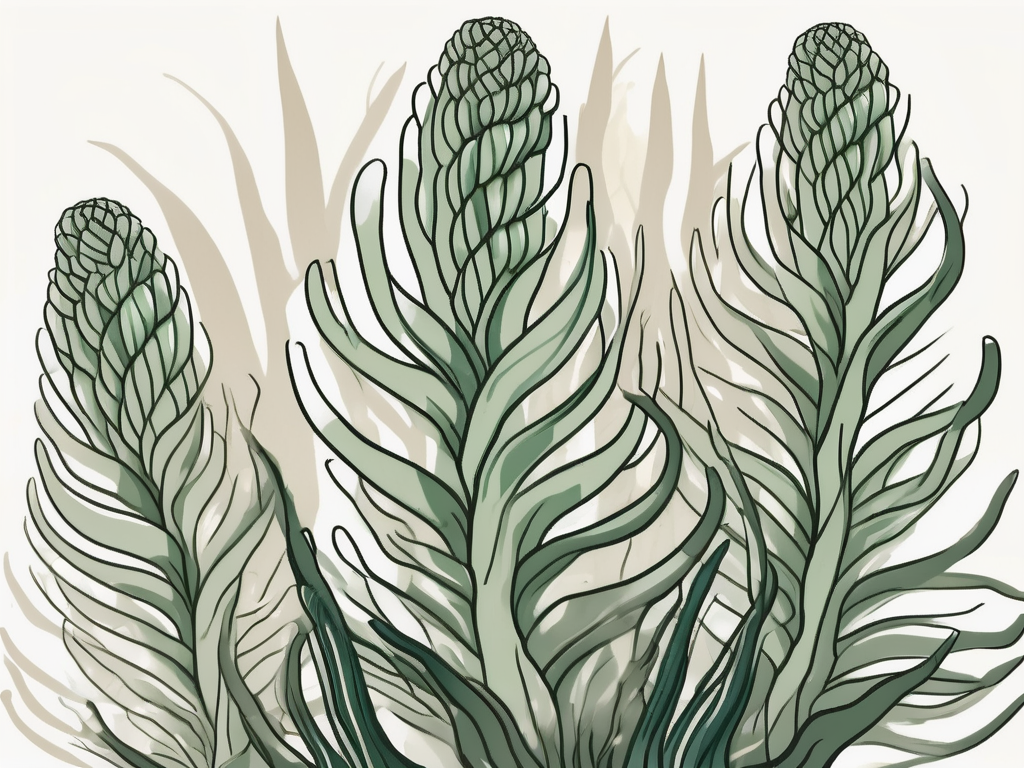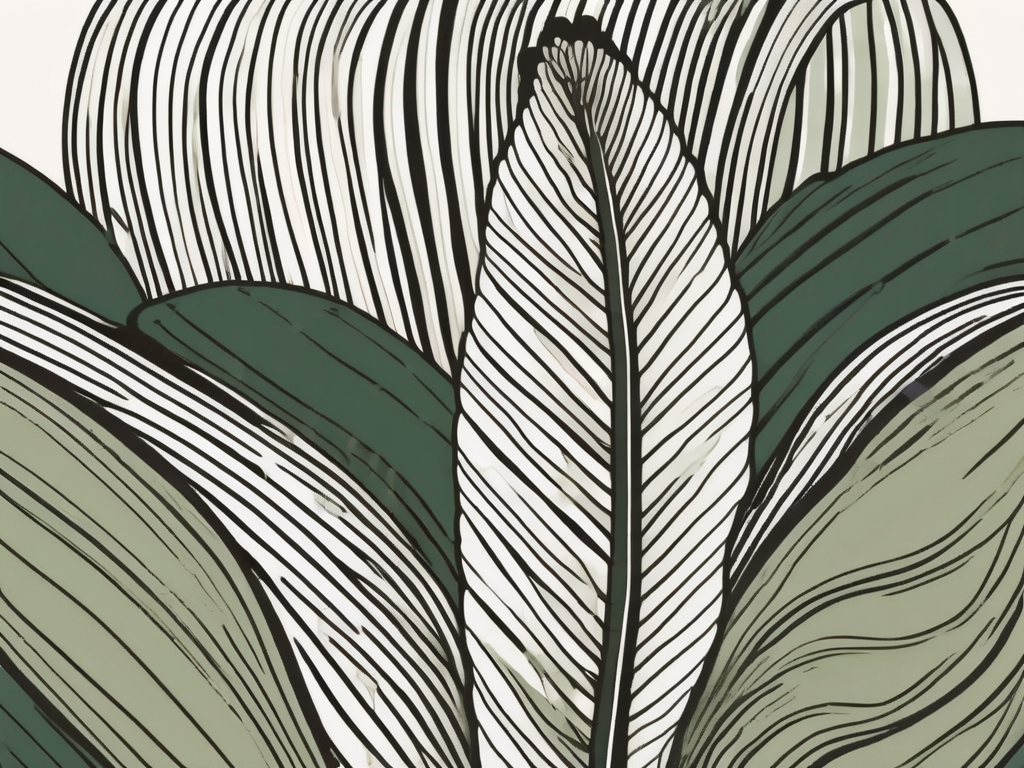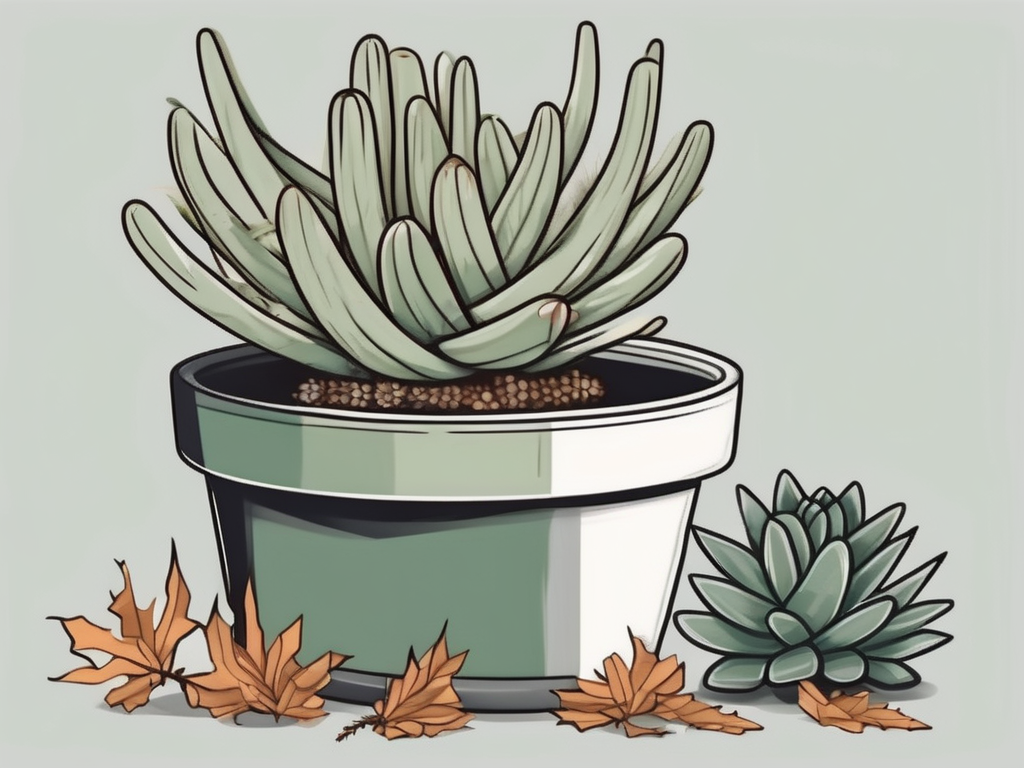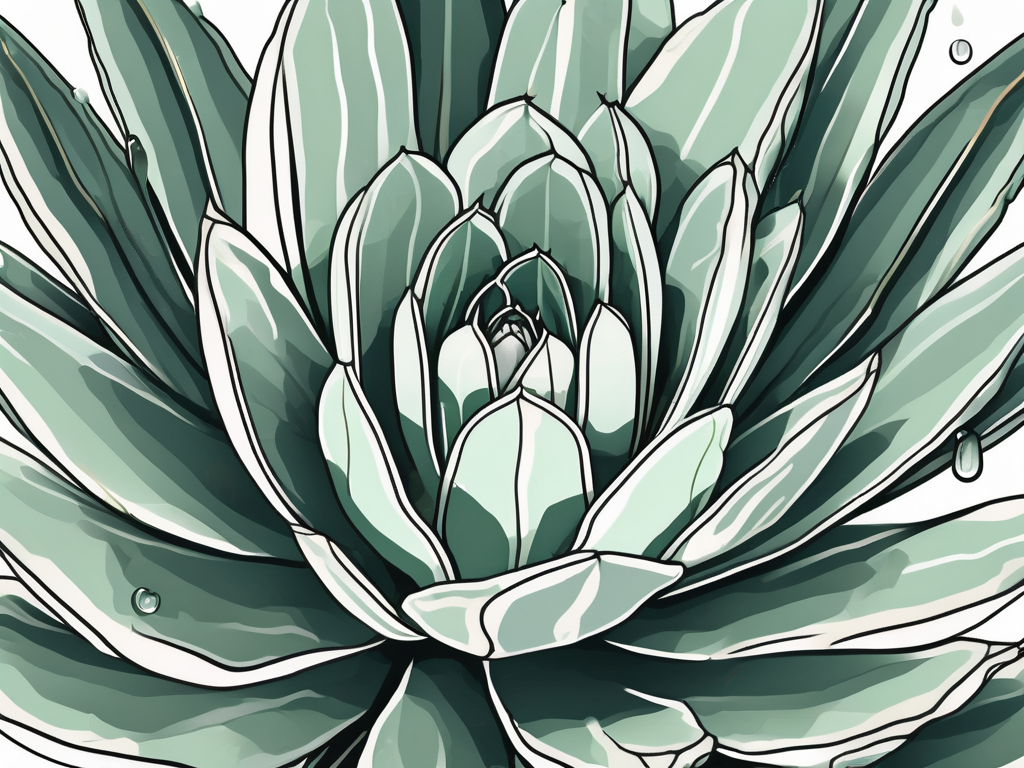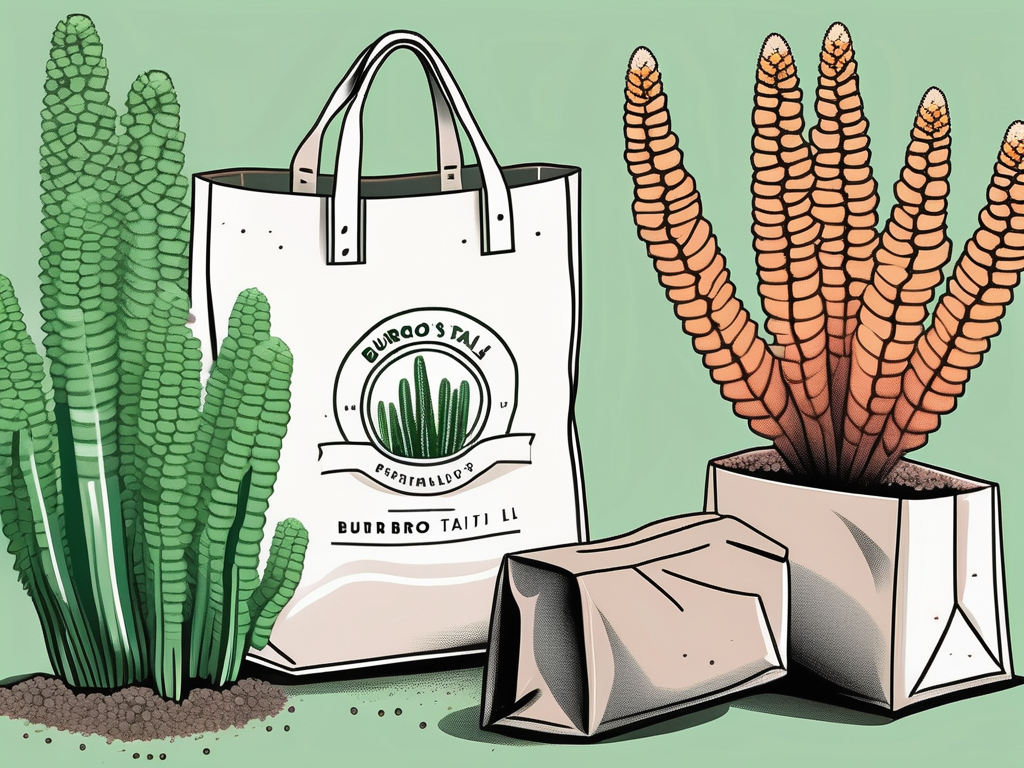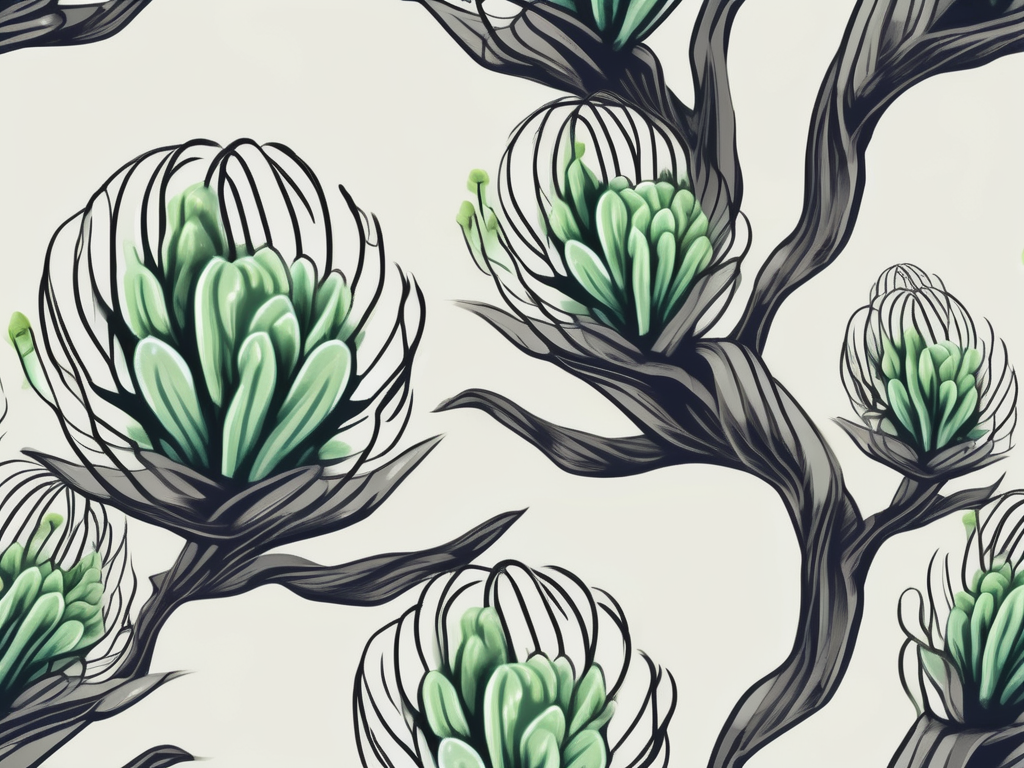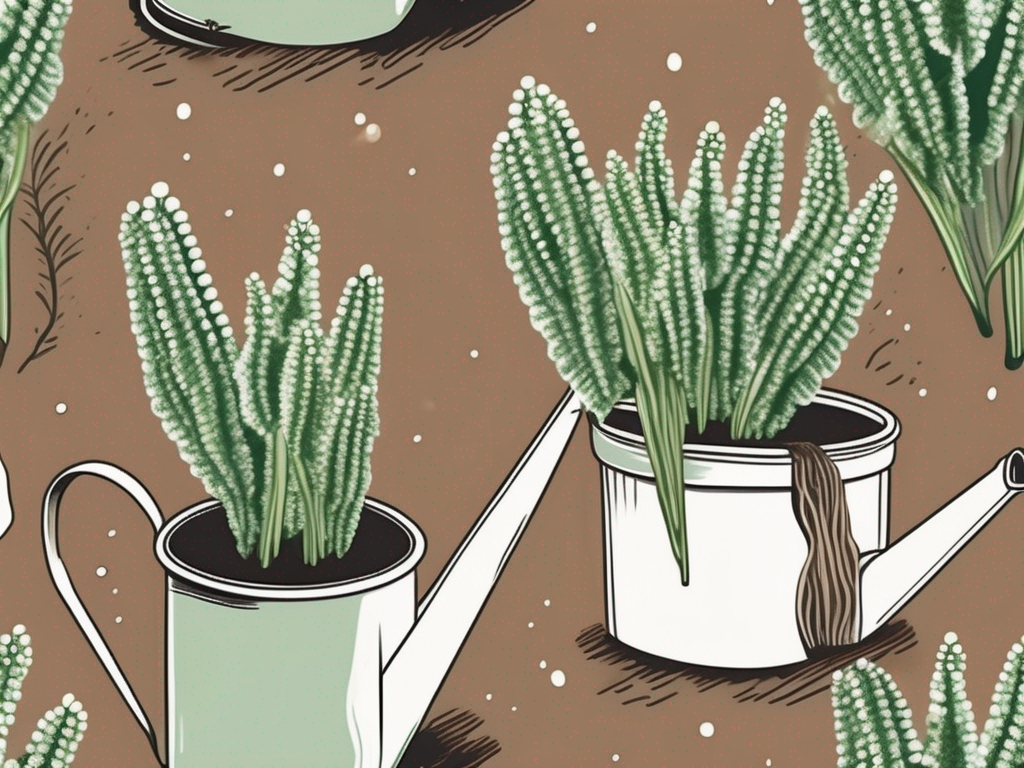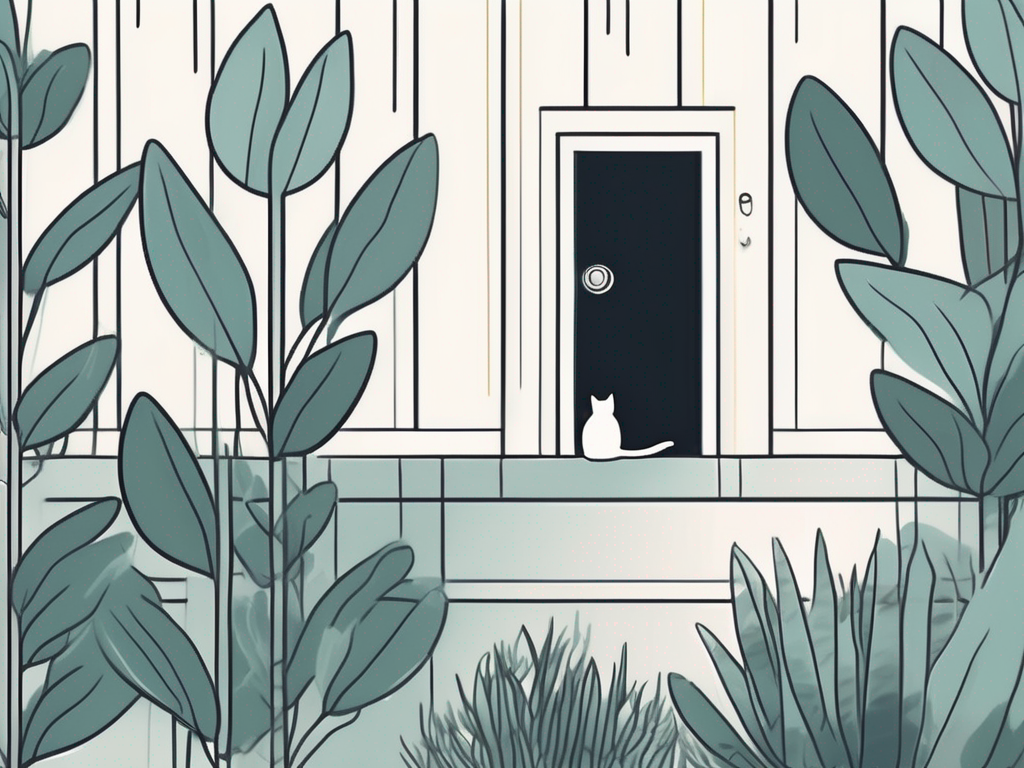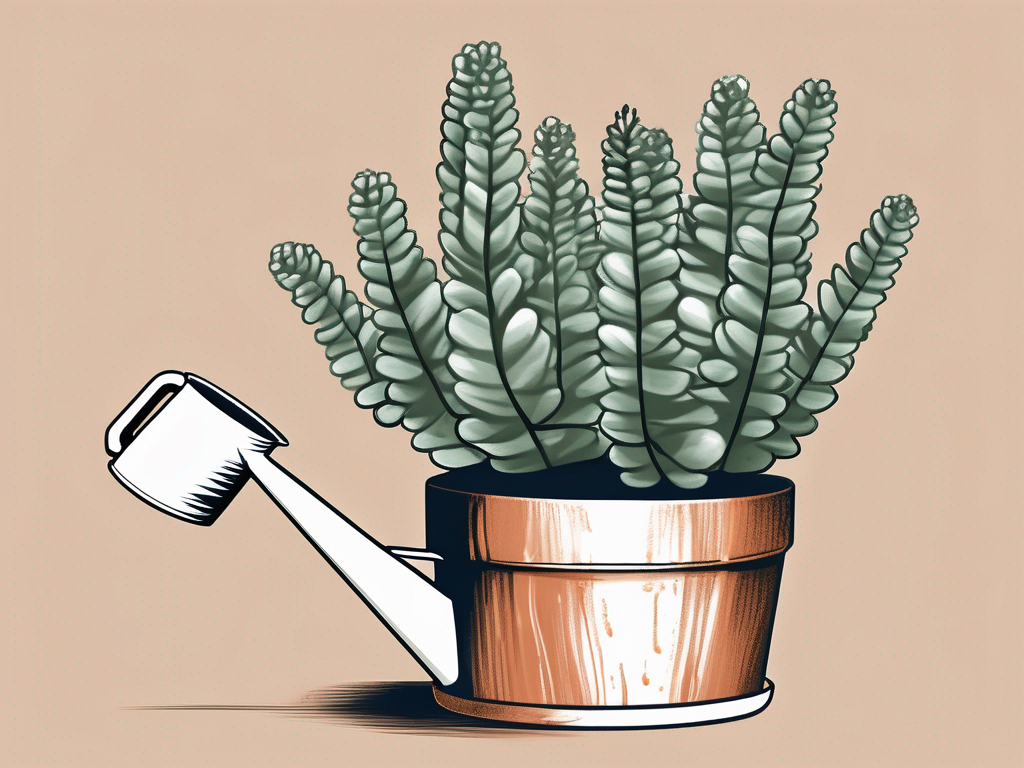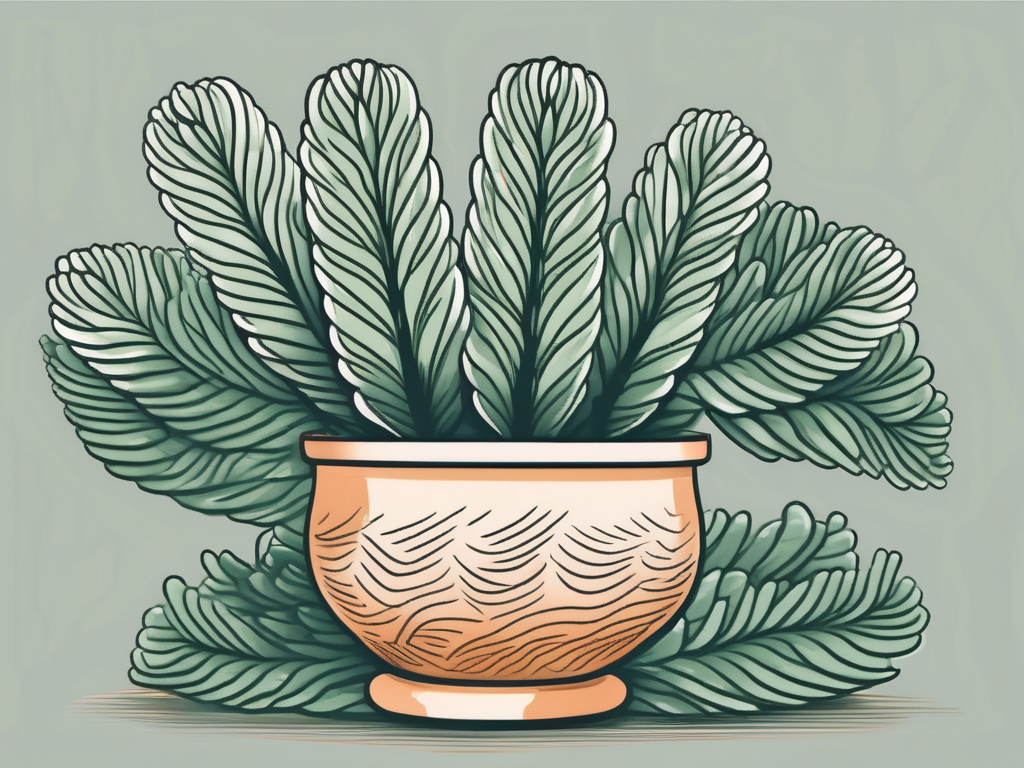
Burro's Tail, with its charmingly cascading stems and plump leaves, is a delightful addition to any plant collection. Known scientifically as Sedum morganianum, it's a favorite among plant lovers for its unique appearance and relatively easy care. However, like all living things, it has a lifespan that requires some understanding to maximize its potential.
In this post, we’ll look at the various factors affecting the lifespan of your Burro's Tail, from the basics of plant care to more advanced tips on keeping it healthy and vibrant. Whether you're a seasoned plant parent or just starting your journey, there's something here for everyone.
Understanding the Basics of Burro's Tail
Before we jump into the specifics of its lifespan, it’s important to get to know Burro's Tail a bit better. This succulent hails from southern Mexico and Honduras, thriving in dry, warm climates. Its trailing stems can grow up to two feet long, adorned with fleshy, blue-green leaves that store water. This feature makes it drought-tolerant, a perfect fit for those who might occasionally forget to water.
Interestingly enough, Burro's Tail grows slowly, taking its sweet time to reach full maturity. Patience is key here—rushing it will only lead to disappointment. With the right care, however, this plant can live for several years, adding a touch of whimsy to your home.
Creating the Perfect Environment
The lifespan of your Burro's Tail largely depends on the environment you provide. Like many succulents, it craves bright, indirect light. A sunny window sill is often ideal, but be cautious of direct sunlight, which can cause sunburn on the leaves.
When it comes to temperature, Burro's Tail prefers a warm setting, ideally between 65-75°F (18-24°C). It can tolerate cooler temperatures but should be protected from frost, which can damage or even kill the plant.
Humidity Considerations
While Burro's Tail isn't picky about humidity, it does appreciate a drier atmosphere. High humidity can encourage rot, especially if the plant is overwatered. If you live in a particularly humid area, consider using a dehumidifier or ensuring good air circulation around the plant.
Watering Wisely
One of the most common mistakes with Burro's Tail is overwatering. Remember, this succulent has adapted to survive in arid conditions, storing water in its leaves for those dry spells.
- Water sparingly, allowing the soil to dry out completely between waterings.
- During the growing season (spring and summer), water more frequently, but still with caution—perhaps every two to three weeks.
- In the dormant season (fall and winter), reduce watering to once a month or less.
Always ensure your pot has drainage holes to prevent water from sitting at the bottom, which can lead to root rot—a common killer of Burro's Tail.
Choosing the Right Soil
The soil you choose plays a significant role in the health and longevity of your Burro's Tail. Opt for a well-draining mix, typically one designed for cacti and succulents. This type of soil usually contains sand, perlite, or pumice to enhance drainage.
If you're feeling adventurous, you can create your own mix. Combine equal parts of potting soil, coarse sand, and perlite. This blend encourages good aeration and prevents compacting, which can suffocate the roots.
Repotting is another aspect to consider. Burro's Tail doesn't need frequent repotting due to its slow growth. Every two to three years should suffice, or when you notice the roots filling the pot completely.
Fertilizing for Longevity
Fertilizing your Burro's Tail can help it thrive and extend its lifespan. However, moderation is crucial here. Over-fertilizing can lead to salt buildup in the soil, which can harm the plant.
Use a balanced, water-soluble fertilizer diluted to half strength. Apply it once a month during the growing season. Skip the fertilizer during fall and winter when the plant is resting.
Remember, it’s better to under-fertilize than overdo it. A little goes a long way in keeping your Burro's Tail healthy.
Pruning and Propagation
Pruning isn't just about keeping your Burro's Tail looking neat; it's also a way to encourage new growth and maintain health. Trim back any leggy or damaged stems with clean, sharp scissors. This will promote bushier growth and prevent the plant from becoming top-heavy and breaking.
Propagation Tips
Burro's Tail is relatively easy to propagate, which is great news for anyone looking to expand their collection or share with friends.
- Leaf Cuttings: Gently twist off a healthy leaf and allow it to callous over for a few days. Place it on well-draining soil and mist occasionally until new roots and leaves appear.
- Stem Cuttings: Cut a section of the stem and let it dry out for a few days. Plant it in soil and water sparingly until you see new growth.
Propagation not only gives you new plants but can also revive a struggling Burro's Tail by rejuvenating its growth.
Dealing with Pests and Problems
While Burro's Tail is generally resilient, it's not entirely immune to pests and problems. Common issues include mealybugs, spider mites, and aphids. Regularly inspect your plant for signs of these intruders, such as white cottony spots or webbing.
- Mealybugs: Remove them with a cotton swab dipped in alcohol.
- Spider Mites: Increase humidity and wash the plant with a gentle stream of water.
- Aphids: Use insecticidal soap or neem oil to treat infestations.
Besides pests, be aware of rot, often caused by overwatering or poor drainage. If you notice mushy stems or leaves, it's time to adjust your watering habits and check the soil's condition.
Integrating Burro's Tail into Your Home Decor
Beyond its care, Burro's Tail can be a stunning addition to your home decor. Its trailing nature makes it perfect for hanging baskets, where its stems can cascade beautifully. It's also a fantastic choice for shelf displays or as part of a succulent arrangement.
Consider pairing it with other succulents or cacti for a cohesive look. Its soft, blue-green hue complements a wide range of colors, making it versatile in various settings.
On the other hand, you might want to place it in a simple, neutral-colored pot to let its unique appearance take center stage. The possibilities are endless, limited only by your creativity.
Signs of a Healthy Burro's Tail
Knowing what to look for in a healthy Burro's Tail can help you catch potential problems early. Here are some signs that your plant is thriving:
- Plump, firm leaves that are vibrant in color
- Consistent, steady growth without sudden leaf drop
- No visible signs of rot or pest damage
- Stems that are full and bushy, rather than sparse and leggy
If your plant is showing these signs, you're on the right track! Keep up with your care routine, and your Burro's Tail will continue to flourish.
Final Thoughts
Caring for a Burro's Tail involves understanding its needs and providing an environment where it can thrive. With the right light, water, and love, this charming plant can be a long-lasting addition to your home.
At Cafe Planta, we believe in the joy plants bring to our lives. Whether you’re looking for a new plant friend or need advice on care, we’re here to help. Connect with us on Instagram or drop us an email—we’d love to hear from you and support your plant journey.















